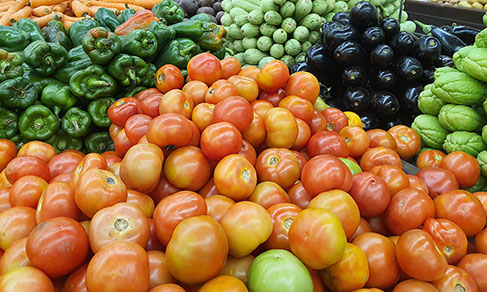Petroleum influences rise in producer prices
January 04, 2018 09h00 AM | Last Updated: January 04, 2018 11h58 AM
Released today by the IBGE, the Producer Price Index - IPP increased 1.43% between October and November 2017. Despite the positive change in 20 out of 24 activities surveyed, only seven of them rose above the national average: oil refining and ethanol products (5.91%), basic metals (3.08%), other chemicals (2.63%), tobacco (1.52%), other transportation (1.80%), computers (1.71%) and pulp and paper (1.65%).
"In spite of the widespread change, just a few sectors really boosted this rise. There was a very big concentration, mainly among those most important activities in terms of weight. Oil refining and ethanol products, basic metals and other chemicals, together, weight nearly 30% of the IPP weight", highlights Alexandre Brandão, IBGE´s manager of Analysis and Methodology.

For Brandão, the change in the IPP was not even greater due to the rather inexpressive rise in the sector of food (0.39%): "The sector of Food products is the biggest in the survey, representing nearly 20% of its weight. So, its small rise is still pressing the index downward".
Together with oil refining and ethanol products, basic metals and other chemicals, mining and quarrying industries were the other major influence on the IPP in November. Contrary to the others, however, this activity pressed the index downward (-3.20%). For Brandão, it is important to note that just the price of iron ore decreased, regardless of the negative change in mining and quarrying industries.
"The other products had their prices increased, particularly crude petroleum oil. It causes a big cascading effect: petroleum rises, its derivatives also rise and chemicals that use petroleum as well, mainly naphtha", says him.
The IPP measures the price change in the overall industry – mining and manufacturing – excluding taxes and freight. The cumulative indicator in the year – November 2017 against December 2016 – hit 3.73%. In the comparison between November 2016 and 2017, the change was 5.07%.
Text: Mônica Marli
Design: Helena Pontes
Image: Petrobras Agency/Geraldo Falcão



















